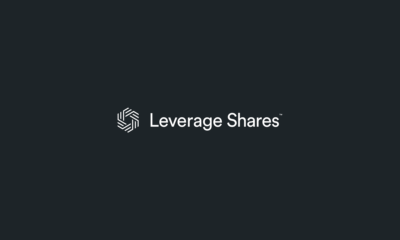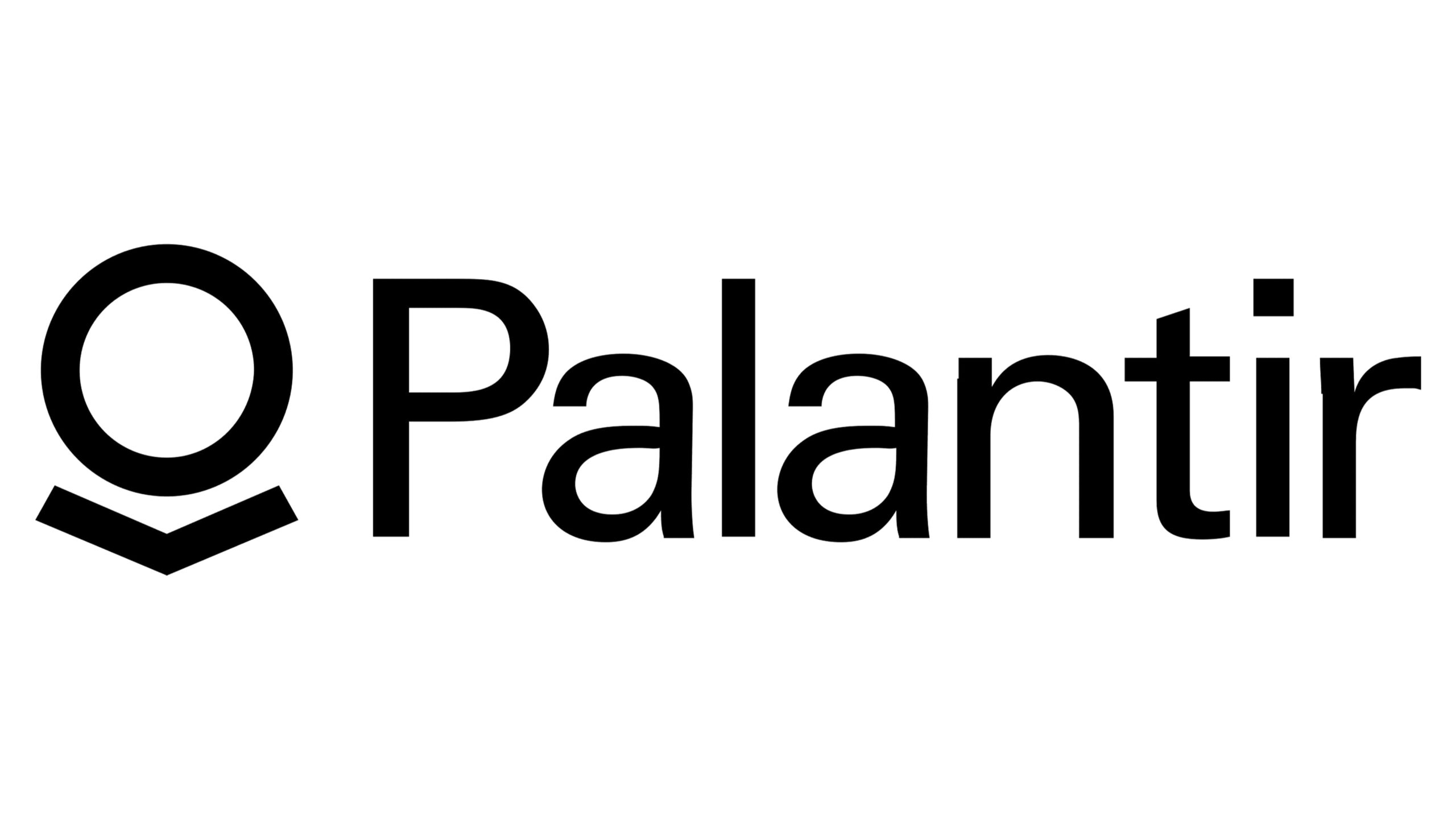Spread betting och binära optioner är två olika sorters derivatprodukter som har ökat i popularitet. Den ökade populariteten beror till stor del på att vinstmöjligheterna är stora, att det krävs ett relativt lågt handelskapital och att de har en hög flexibilitet med stor hävstång. Dessa två produkter har många liknande särdrag, men de skiljer sig också åt mycket. Olika strategier passar bästa för olika typer av produkter när det gäller att göra vinster på börsen. Har Du testat spread betting eller binära optioner?
Binära optioner
Binära optioner är en sorts exotiska optioner. De kallas för binära optioner för att det bara finns två möjliga utfall vid lösen, ingenting eller en förutbestämd summa. Binära optioner brukar ofta delas upp i två olka sorter. Cash eller inget eller Tillgångar eller inget.
Cash eller inget
Cash eller inget ger innehavaren ett förutbestämt belopp i kontanter, alternativt förfaller de värdelösa. Utfallet beror på priset på den underliggande tillgången i förhållande till lösenpriset. För att kompolicera det hela litet mer så finns det två olika sorters optioner av denna typ. Den som har handlat vanliga optioner känner igen dem, Europeiska och Amerikanska.
Om det är en europeisk Cash- eller inget-köpoption erhåller innehavaren kontanter vid utgången om det underliggande priset är högre än aktiekursen vid utgången av optionen. Ligger lösenkursen över marknadspriset får innehavaren inget alls.
I ett amerikanskt köpoptionsalternativ får innehavaren en viss summa pengar om det underliggande tillgångspriset når eller överstiger lösenpriset under optionens löptid.
I en europeisk cash- eller ingenting säljoption erhåller innehavaren ett visst belopp vid utgången av det underliggande priset om det underliggande priset är lägre än lösenkursen på lösendagen. I fråga om en amerikanska cash- eller ingenting säljoption erhåller innehavaren ett kontantbelopp om aktiekursen understiger lösenkursen någon gång under optionens löptid.
Europeiska optioner av typen, tillgång eller inget, på engelska asset-or-nothing, fungerar på samma sätt som sina cash- eller ingenting motparter. Detta gäller med ett undantag, innehavaren får inte förutbestämd mängd kontanter. Istället baseras utbetalningen på den den underliggande tillgången.
Binära optioner, ett exempel
Antag att en daytrader köper en tremånaders europeisk köpoption av typen cash- eller ingenting på Bolag A med ett utfall på 100 SEK. Lösenkursen ligger på 9 SEK. Om aktierna i Bolag A vid löptidens slut handlas över 9,00 SEK, till exempel 9,50 SEK, så kommer daytradern att få 100 kronor. Om den handlas lägre får han inget alls och hans option förfaller värdelös.
Låt oss i nästa exempel anta att vår daytrader istället köpt en asset-or-nothing säljoption av europeisk typ på Bolag B med en lösenkurs på 45 SEK. Om aktierna i Bolag B vid löptidens slut handlas under 45,00 SEK så är det vad vår daytrader tjänar. Handlas aktierna i Bolag B på slutdagen över 45 SEK har vår daytrader förlorat hela insatsen och optionen förfaller värdelös.
Ekonomiska utfall binära optioner
(Klicka på bilden för att förstora den)
Där:
ST – är priset på den underliggande tillgången vid tidpunkten T (Anm T – är lösendatum för europeiska optioner och valfritt datum under alternativen för amerikanska optioner)
X – är lösenpriset för optionen
Q – är summan av kontanter som betalats till optionsinnehavaren om det finns möjlighet att utnyttja optionen.
Finansiell Spread Betting
Spread betting är en derivatprodukt som gör det möjligt för daytraders att satsa en viss andel på varje rörelsepunkt för den underliggande tillgången. Strategin kallas spread betting men låt inte namnet förvirra dig. Du satsar inte på spreaden utan på prisriktningen för den underliggande tillgången.
Mäklarfirmor erbjuder vanligen två kurser: en köpkurs och en säljkurs. En daytraders satsar på att priset på den underliggande tillgången ökar skulle satsa på priset för varje stigningspunkt. Som ett resultat, om det underliggande priset rör sig till vår investors fördel, kan denna stänga positionen genom att sälja till köpkurs. Det motsatta gäller också för att en daytrader tar en kort position till köpkursen.
Spread på 100 till 103 kronor
Säg att aktierna i Bolag C handlas till 101,50 SEK. Mäklarhuset stället priserna på en spread på 100 till 103 SEK. Om vi har som tro att priset på Bolag C kommer att öka under de följande dagarna går det att satsa på detta. Säg att Du vill satsa 10 SEK per punkt (öre) som aktierna i Bolag C stiger i värde. Du går då lång, det vill säga köper på 103 SEK.
Om aktiekursen efter två dagar ligger på 105,55 och spread betting företaget stället priserna 104 mot 107 kan positionen stängas till kursen 104 SEK. Detta är den nya köpkursen.
Avkastningen på satsningen är skillnaden mellan köpeskillingen (tidigare säljkurs) och försäljningspriset (ny köpkurs) multiplicerat med insatsbeloppet, 10 kronor. Observera att den första insatsen var 10 per varje punkt (öre) av prisökningen, så vinsten blir (104-103) x10 = SEK 1000 (100 öre * 10). Strategin skulle ge motsatsen om vi skulle ha satsat på att aktierna i Bolag C skulle falla.
Likheter:
Båda produkterna är derivatstrategier som gör det möjligt för daytraders att utnyttja prisrörelser för en underliggande aktie utan att egentligen äga tillgången. Daytraders kan vanligtvis spekulera mot olika värdepapper som aktier, valutor, råvaror och till och med index.
Båda är hävstångsprodukter som gör det möjligt för daytraders att ta långa eller korta positioner med små mängder kapital. En av anledningarna till att dessa typer av derivat ökar i popularitet är på grund av möjligheten att erbjuda hög vinst med lägre investerat kapital (kom ihåg med högre avkastning kommer högre risk).
De bygger både på prisförändringen på den underliggande tillgången. Oavsett strategi, om daytradern gick lång, skulle han eller hon dra nytta av en ökning av priset på den underliggande tillgången och tvärtomför en daytrader som tar en kort position.
Skillnader:
Till skillnad från binära optioner är risken för spread betting mycket hög. Med binära alternativ kan en daytraders som mest förlora kostnaden för optionen. Om allt skulle gå fel och priset rör sig mot daytradern kan denne bara låta optionen löpa ut värdelös.
Om vi går tillbaka till Bolag C för att förtydliga. I ett extremfall, om Bolag C hade gått i konkurs och aktierna rasat till noll skulle den maximala förlusten av den långa positionen varit 10300 * 10 = 103 000 SEK.
Trots det växande antalet spread betting företag är spread-betting inte lika allmänt tillgänglig som binära optioner. Spread betting är förbjuden i vissa länder som USA och Japan och betraktas som mer av en vadslagningsstrategi än en spekulativ strategi av många investerare.
Binära optioner handlas bland annat på Chicagobörsen
Binära optioner däremot är ofta använda derivatprodukter, trots att de är en typ av exotiska alternativ. Några binära optioner handlas på CBOE och företag som erbjuder binära alternativ är tillåtna i USA och Japan.
Spread betting erbjuder några fördelar för handlare. För det första är det lätt att förstå och det finns inget behov av att vara en sofistikerad investerare för att beräkna de initiala investeringar som behövs och vinstpotential. I och med att spread betting inte anses vara en form av investering utan en form av vadslagning, beskattas inte vinster på spread betting i Storbritannien (där spreadbetting är mest populär). Slutligen kräver de flesta spread betting företag inget courtage. Den enda kostnaden som handlarna betalar är just spreaden.
Båda strategierna blir mer populära, är spread betting inte tillgängligt i länder som Australien, Japan och USA.
Sammanfattning
Daytraders som är känsliga för kapitalvinstskatter och courtage kan välja vadslagning. I gengäld måste de acceptera hög risk vid negativa prisrörelser. Om de vill mildra riskerna med spreadbetting, är det bättre att använda binära optioner med kostnader som högre premieavgifter och mindre vinstpotential.

 Nyheter2 veckor sedan
Nyheter2 veckor sedan
 Nyheter3 veckor sedan
Nyheter3 veckor sedan
 Nyheter3 veckor sedan
Nyheter3 veckor sedan
 Nyheter4 veckor sedan
Nyheter4 veckor sedan
 Nyheter2 veckor sedan
Nyheter2 veckor sedan
 Nyheter3 veckor sedan
Nyheter3 veckor sedan
 Nyheter2 veckor sedan
Nyheter2 veckor sedan
 Nyheter3 veckor sedan
Nyheter3 veckor sedan























